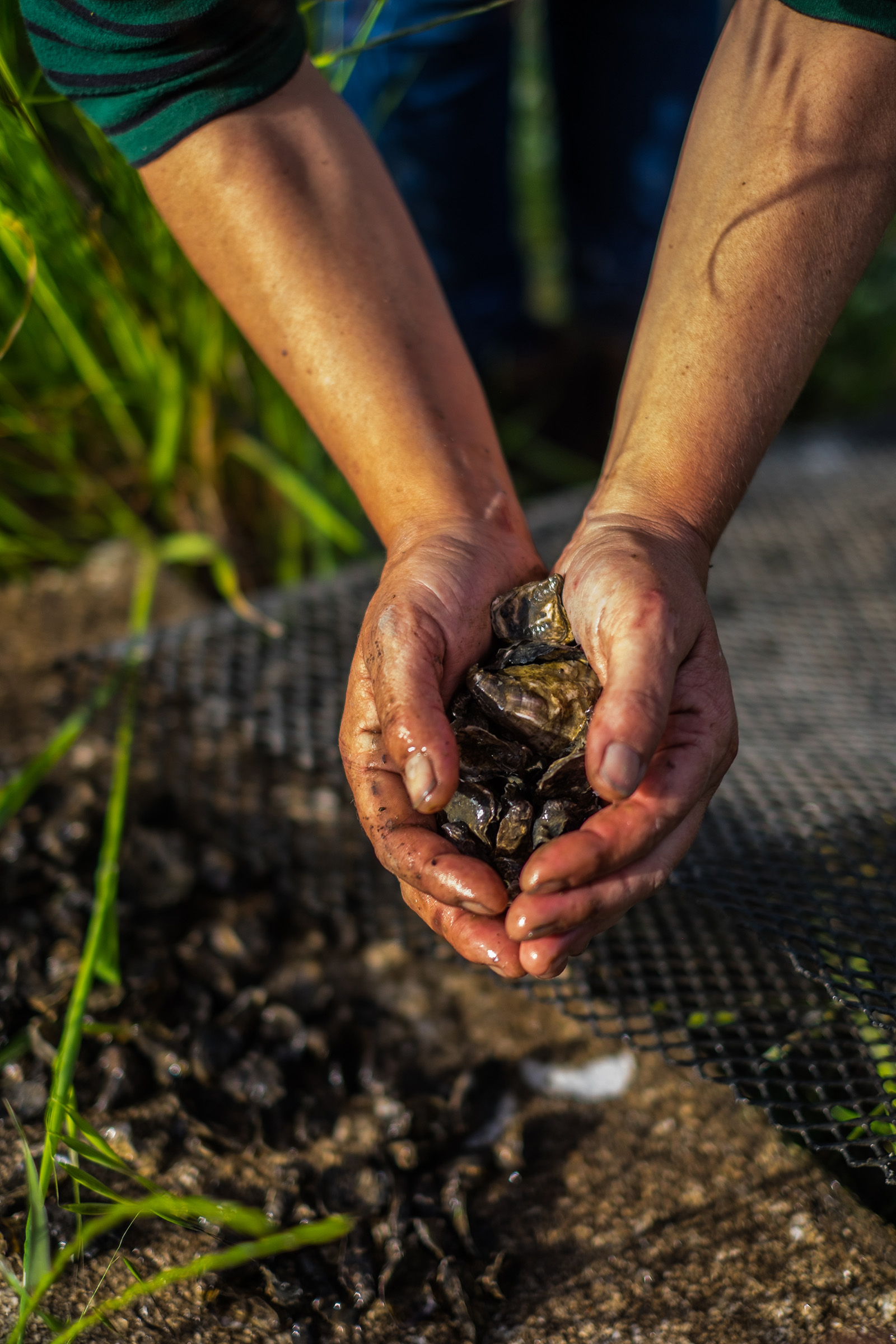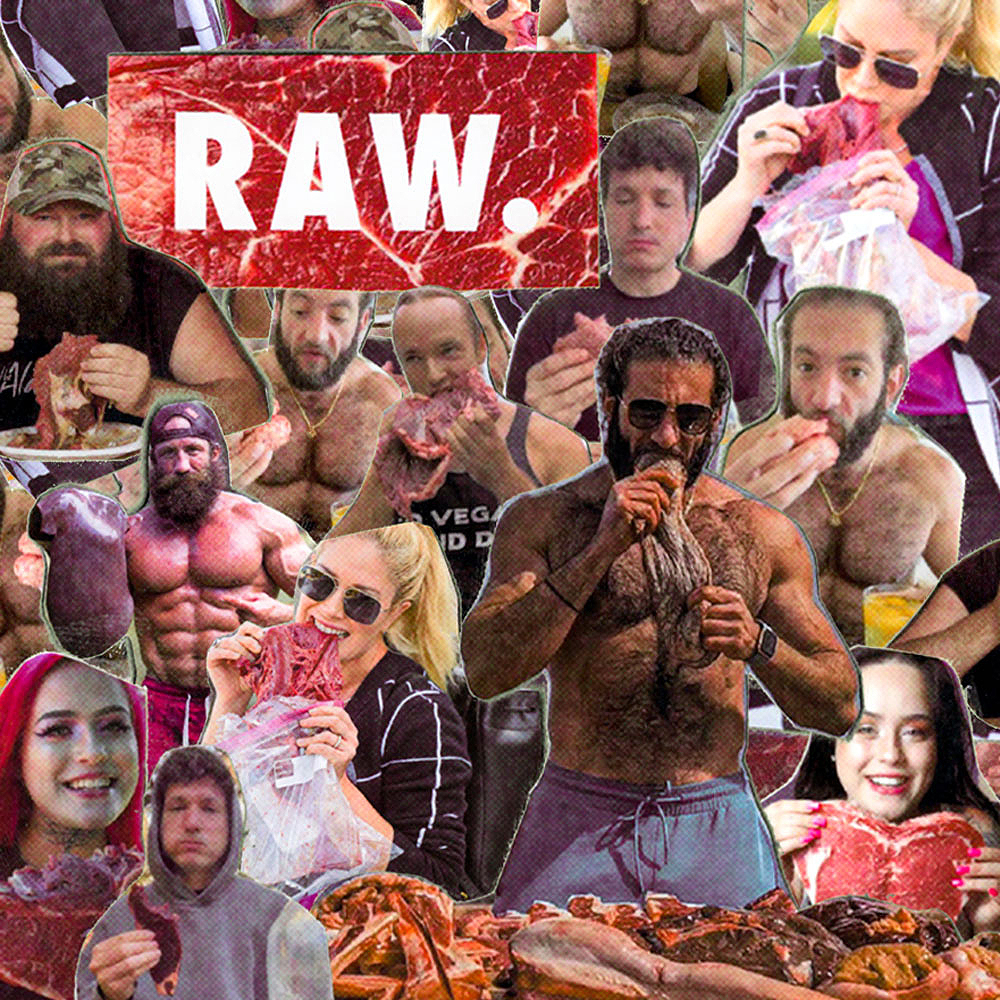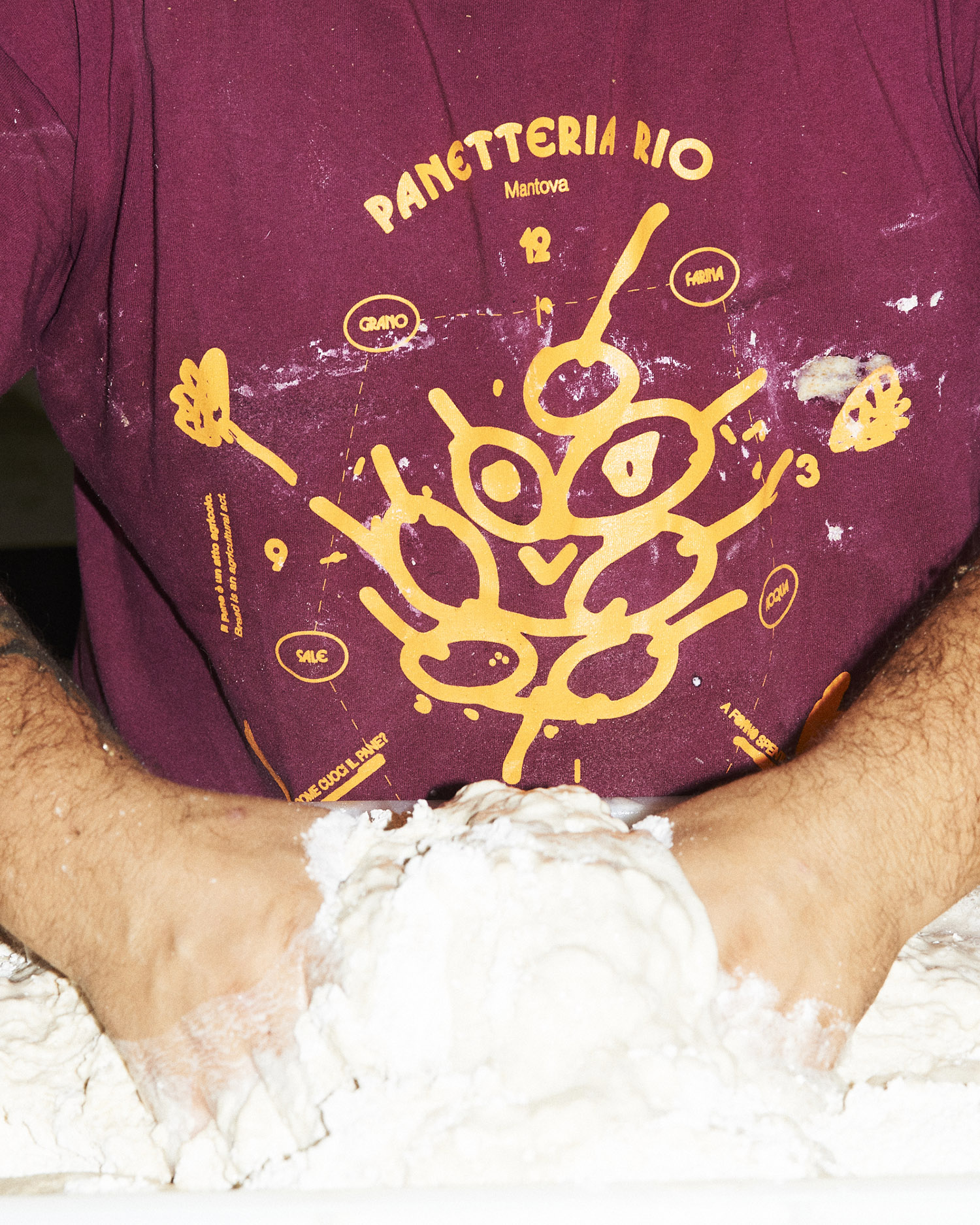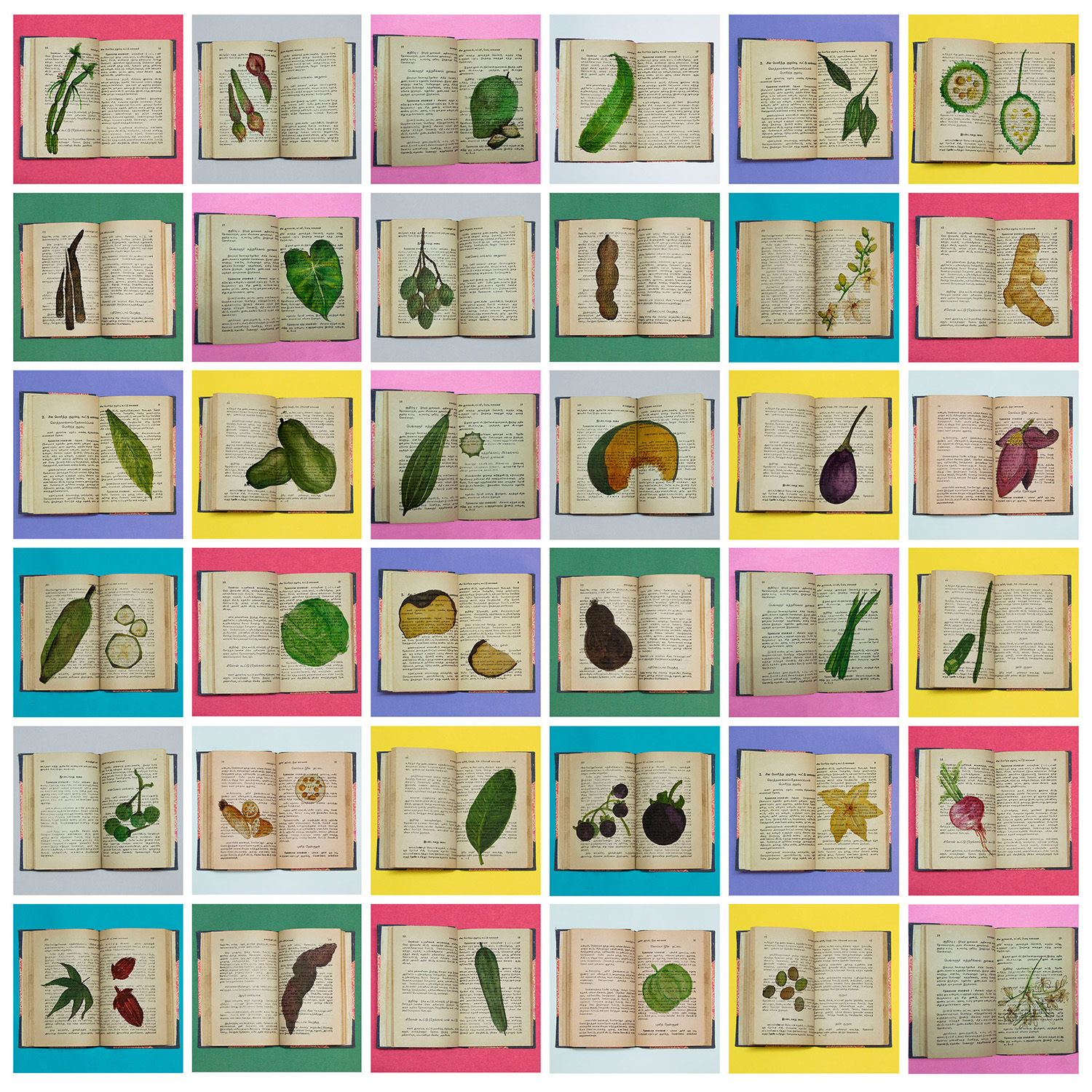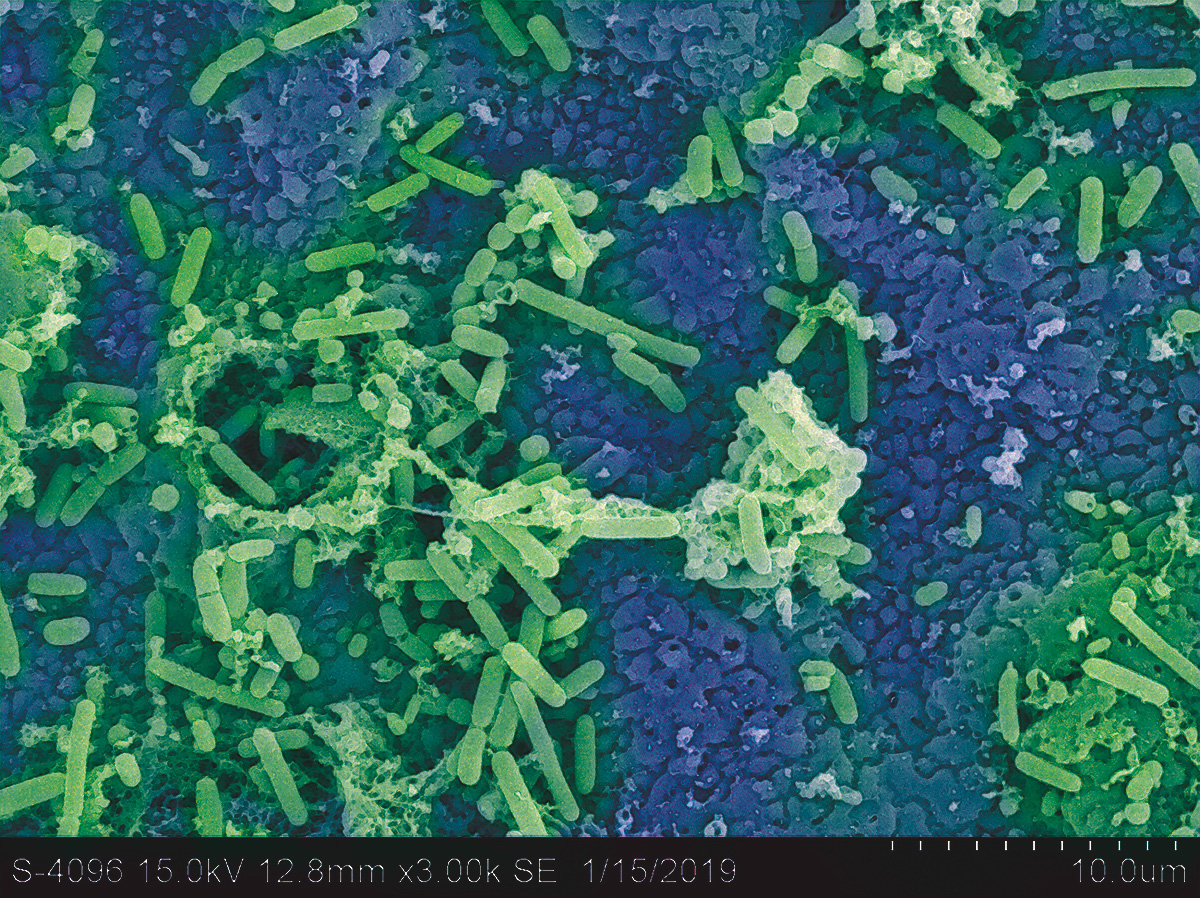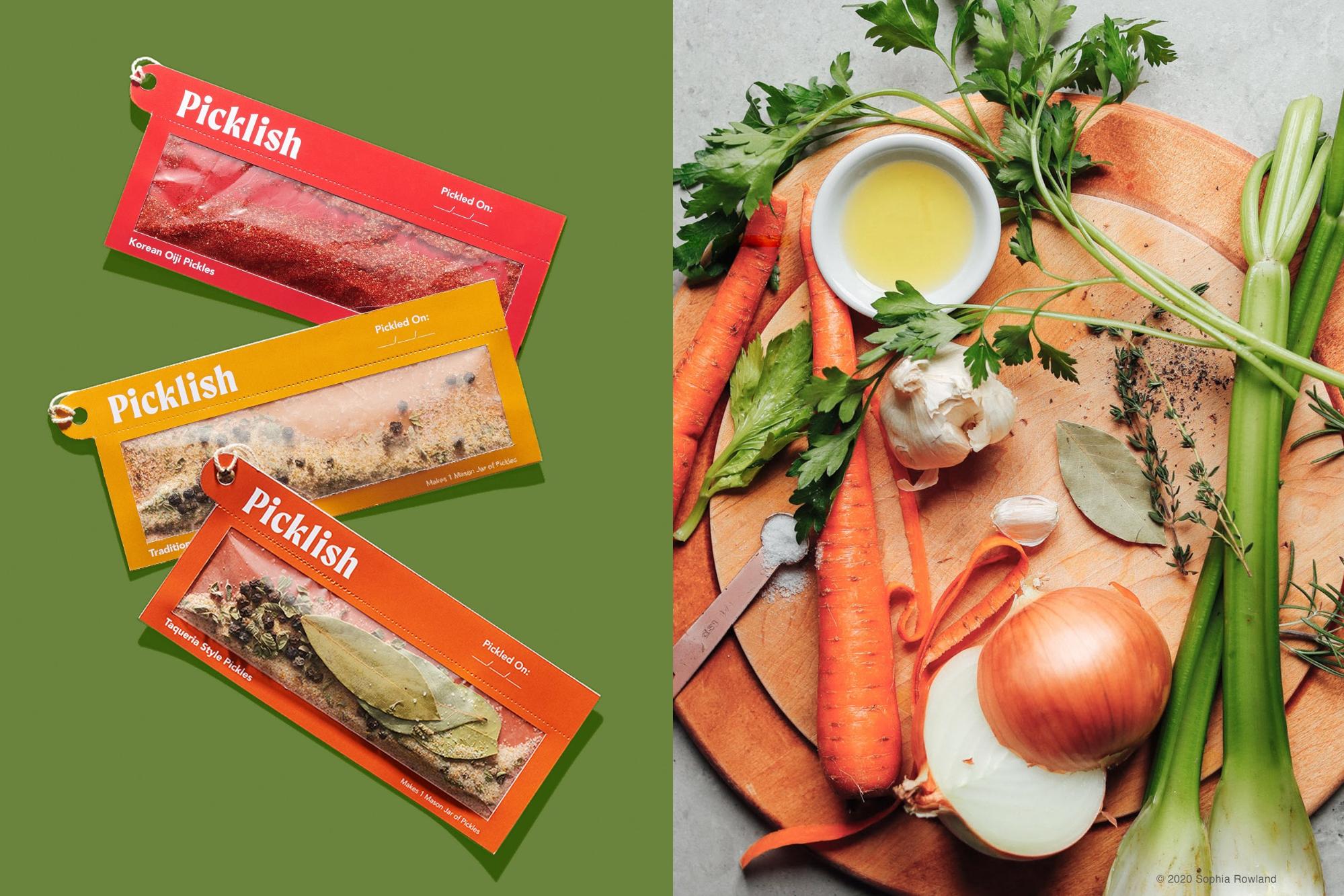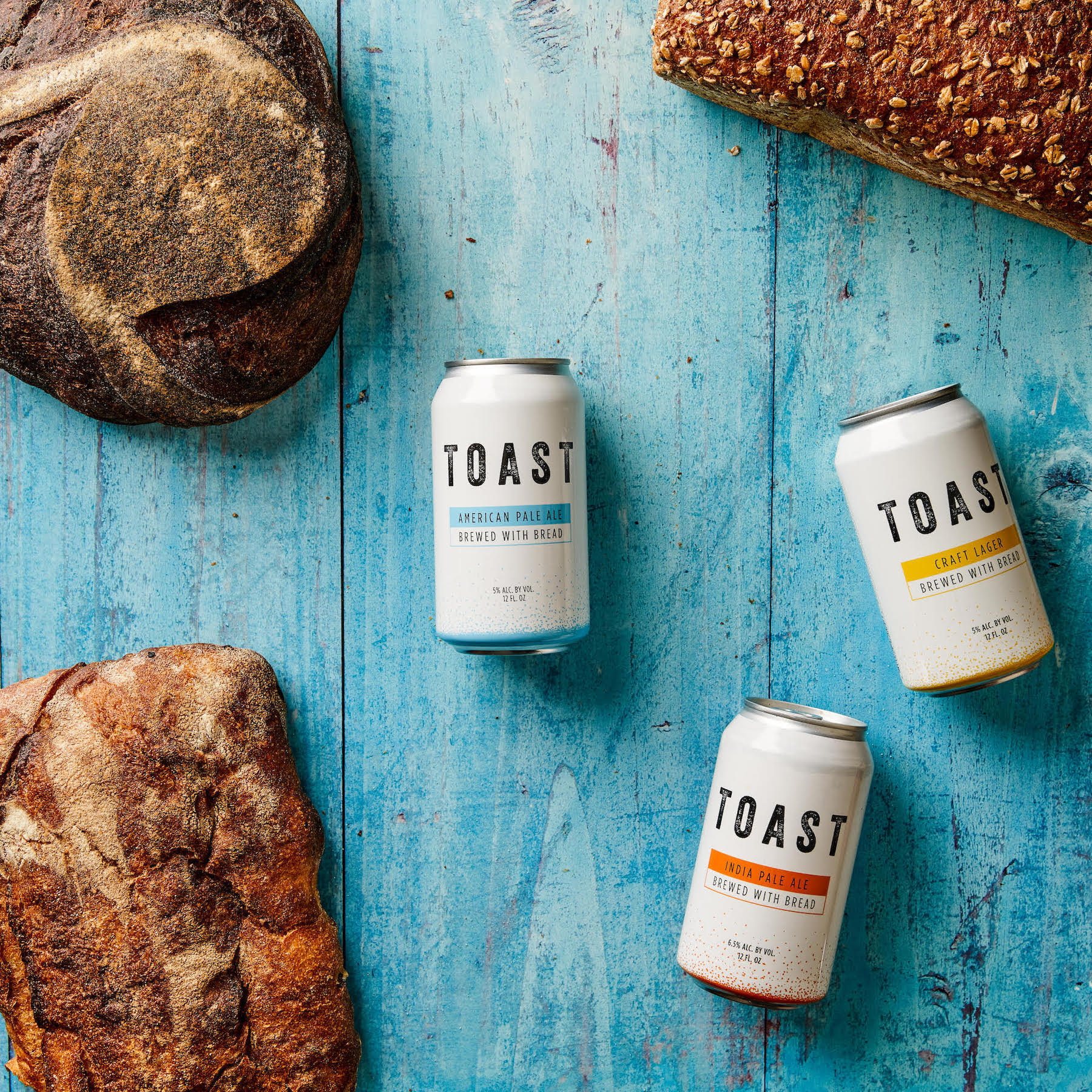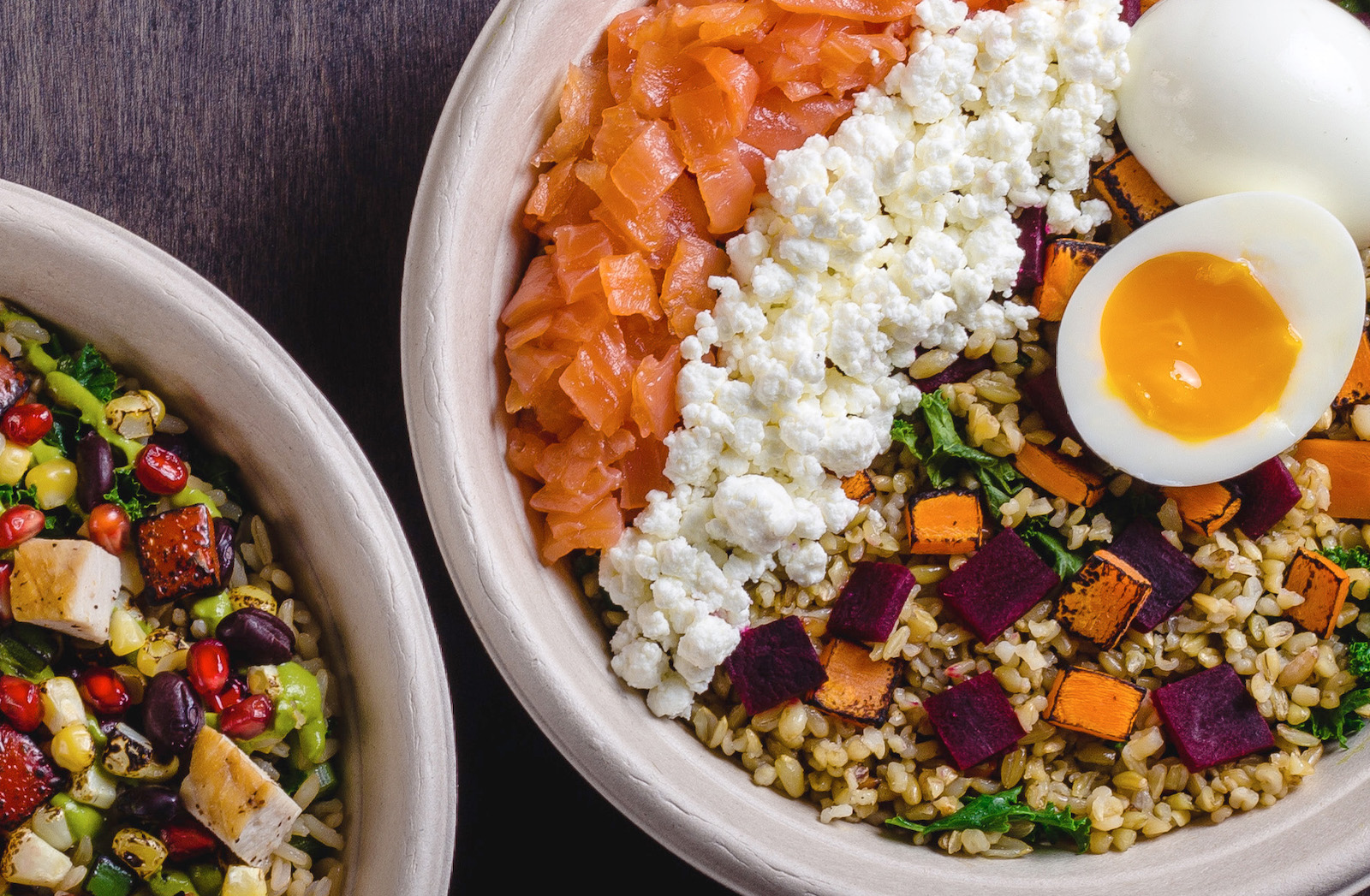This story is part of MOLD Magazine: Issue 01, Designing for the Human Microbiome. There’s still time to order your limited edition copy here.
My first memory of fermented foods can be traced back to my first taste of food. Being lucky enough to be born in Korea means exposure to fermented foods from an early age. It’s an essential element of Korean cuisine; foods like soy sauce and fermented bean paste are used in lieu of salt. From our agricultural and geographic roots sprung a diet of preserved wild plants seasoned with fermented soy beans and condiments to balance the need for proteins.
My work in kitchens around the world shaped my approach to the food we make at BaRoo. Working in restaurants in New York City made me consider the fundamental importance of discipline and how basic technique provides the backbone of cooking. It was tough—I was a beginner—but these experiences introduced me to the foundations of the restaurant business and a broader view of food. In Italy I learned about how food is influenced by culture from an anthropological and sociological point of view. This way of understanding gastronomy continues to shape my approach to food and the restaurant. Staging in different countries allowed me to have a deeper appreciation of how cuisines develop and progress within their own cultures. By keeping this question around food and culture at the forefront and trying to understand the how, what and why, I’ve been able to think more deeply about how various ingredients—indigenous or not—can be used differently when paired with a specific technique and influenced by history.
 Photographs courtesy of Michael Graydon + Nikole Herriott
Photographs courtesy of Michael Graydon + Nikole Herriott
Certain fermentations create glutamates which triggers the taste of umami. This flavor really differentiates fermentation from any other type of cooking—fermentation can be wild, natural and uncontrollable. These same factors create challenges and difficulties which is part of the joy of cooking this way. The true charms of fermentation and why it’s so important to the cooking we do at BaRoo include the unexpected outcomes and variations that result in glutamate content. But oftentimes it results in failure—fermentation is challenging because of its uncertainty, sometimes even when executed within the same controls. In fermentation, the cooking is mainly done by nature whereas conventional ideas around “cooking” center around people. Perhaps all cooks should keep this in mind—we are a mediator between nature and people through food. Fermentation is executed by the natural world with the ingredients themselves and people are just the custodians—care takers guiding the process.
Fermentation is almost like raising an animal, plant or person—you have to do so with care, affection and love. If any of these factors are missing, it will create a wildly different outcome. For example, when cultivating noorook (koji), as in one’s own life, you have to keep a keen eye on the balance, checking for temperature and humidity throughout the process. If the fermentation period is too short, it can taste immature; fermented for too long, it can become rotten with the mold. When matured in the right way, the taste and the flavor deepens—similar to how humans age with wisdom as time goes by. Even a small moment can entirely change the direction of one’s life—the butterfly effect. With some exaggeration, various factors in the fermentation process are mirrored in the progression of the life of human beings.
Fermentation is the accumulated wisdom of human history and functions not only as a preservative, but can enhance the taste, texture and nutritional value of foods. Most importantly, it can chemically break down inedible compounds in foods—in the future we might ferment weeds, soil or unimaginable byproducts that emerge from new technologies or synthetic, genetically modified foods.
Thanks to the industrial revolution, human consumption and agricultural production has become extreme. Land is being sacrificed for feed crops to raise cattle, compromising local ecosystems. We waste so much food on a daily basis—including parts of produce that have been used and consumed in the past—because of the wealth brought on by industrialization. Our land and environment change day to day due to overuse, pollution and mass production. The United States consumes more meat per person than any country in the world and our taste for meat seems insatiable—many experts predict an imbalance between demand and consumption of food while people are suffering and dying from hunger around the world. For these reasons, there have been great efforts to develop insects and engineered foods that can replace the foods we currently eat. Who knows what the future might hold. With pharmaceutical companies buying agriculture companies, could this usher in a new era of synthetically created pills as meal replacements? Medicinal pills from bugs? Wild plant synthetics? VR-enabled experiences to replicate the satisfaction of real food? In a world where fresh produce is limited to the privileged, fermentation could be used as a new technology to help feed the masses.
This interview has been edited and condensed.





